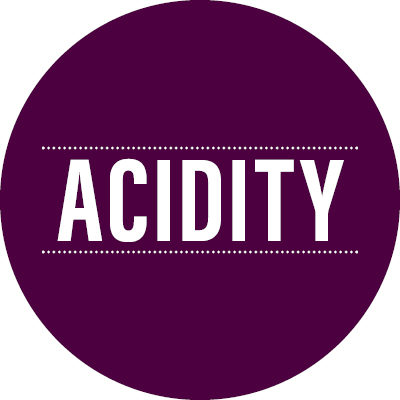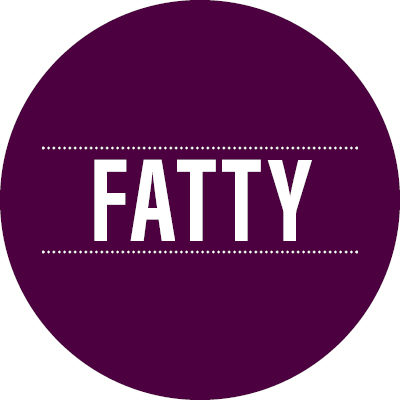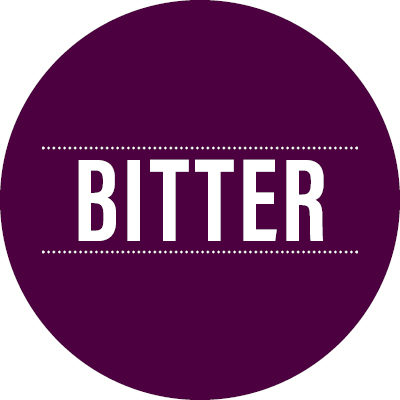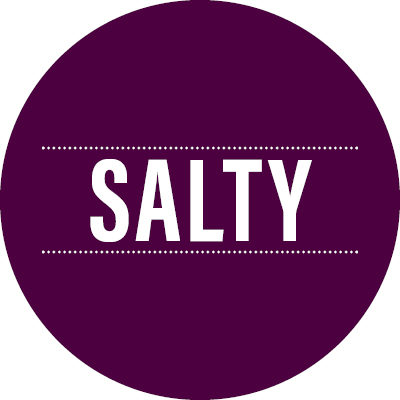Food & Wine
There are 6 basic profiles to work with when thinking about pairing food and wine.

Food & Wine pairing 101
Acid + Acid
If the wine has less acidity than the food, the wine will taste flat.
Sweet + Salty
Sweetness noticeably reduces any strong salty tastes in food while oftentimes creating a sweet/salty synergy experience (think maple bacon or salted caramels).
Bitter + Fat
This is the premise of the classic 'red wine with steak' pairing - the tannin (aka bitterness) of the red wine is balanced with the fattiness of the meat and each elevate the other.
Acid + Fat
A tart, higher acid wine will always provide cut and add an interesting range of flavors to a richer, fattier dish. Think Sancerre with shellfish or a glass of bubbles with cheesecake.
Regional Pairing
A regional pairing of local foods and wines can oftentimes be the most authentic and synergistic of matches. Think chilled Muscadet served alongside a bowl of local mussels steamed in wine with fresh herbs, shallots and a bit of local butter. The classic Italian marriage that exemplifies such a pairing would be a Piemontese Ragu Bolognese served over Pappardelle with a glass of local Nebbiolo-based Barolo or Barbaresco.
Source: Wine Folly







